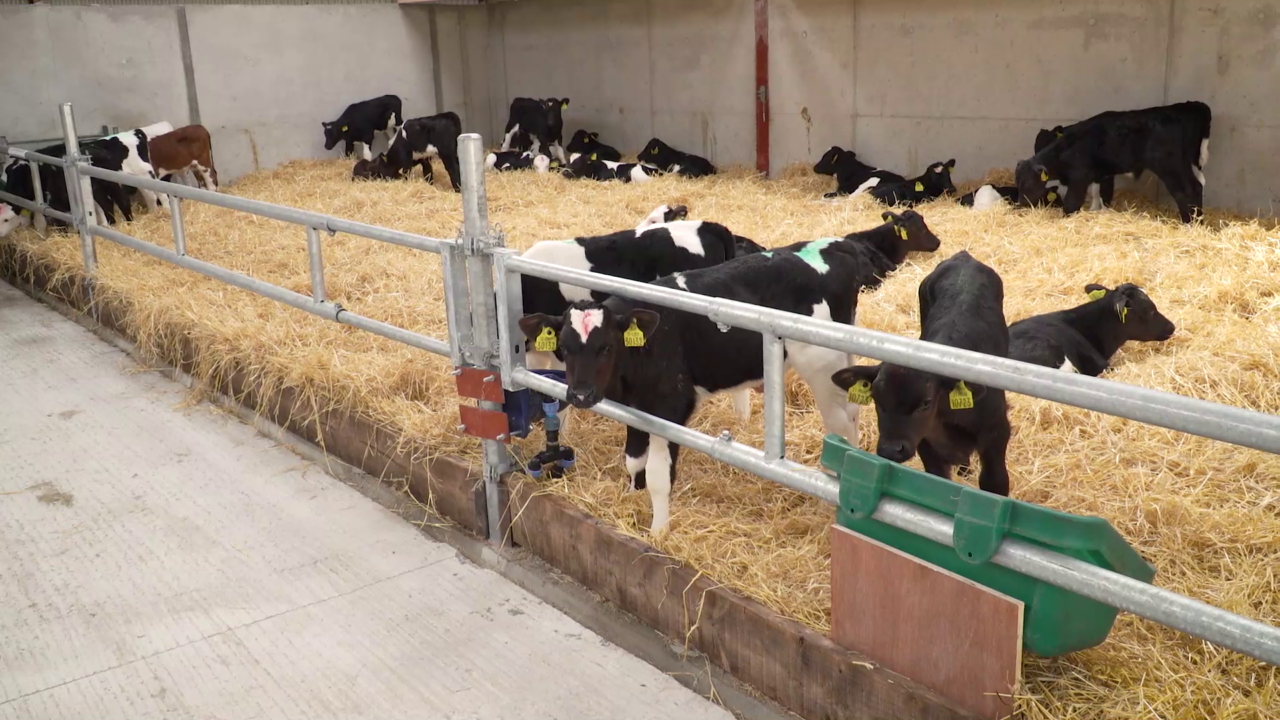Most autumn-calving or winter milk herds now have the majority of cows calved, therefore there a large number of calves are present within sheds.
Having a large number of calves within the shed increases the potential risk of disease or sickness. It is important to maintain a high level of hygiene within the shed, to increase your chance of having a healthy herd.
Calf shed
The rearing or first-housed period for calves is high-risk for sickness, as a result of the calf immune system still developing.
Access to the shed should be controlled, only those that need to be in the shed should be given access.
Anyone is potentially a source of infection to the calves, a footbath should be at the entrance and wearing excessively dirty clothes inside the shed should be avoided.
Ideally, you should not be using the same feeder in a number of pens, but if you are, it should be cleaned between each use.
Automatic feeders should be cleaned thoroughly, and you should also be checking the teats for damage daily.
Hygiene
Straw is the bedding used on the vast majority of farms for calves, which means that regular cleaning out and topping-up is required.
Temperatures are dropping, and a calf lying on a wet bed of straw will struggle to maintain their body temperature – which can lead to increased sickness.
How often the shed is cleaned out will depend on several factors. To check if your shed needs cleaning, use the ‘knee test’ method.
This involves simply kneeling in the straw bed; if your knees are wet, the bed needs fresh straw.
For young calves, the use of calf jackets helps them to maintain body temperatures during colder periods – but they cannot replace good management of calves in the shed.
